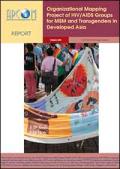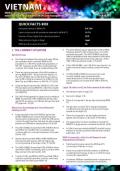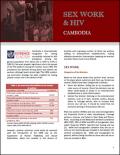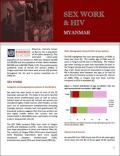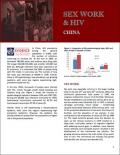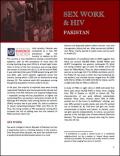Publications on Key Populations
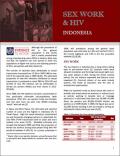
Resource | Reviews and Snapshots,
Although the prevalence of HIV in the general population is low (0.2%) and is mainly concentrated among injecting drug users (IDUs) in Jakarta, West Java and Bali, the epidemic has now spread to other key populations at higher risk such as non‐injecting partners of IDUs, sex workers and their clients.
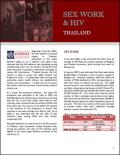
Resource | Reviews and Snapshots,
Beginning in the late 1980s, the HIV epidemic increased rapidly in Thailand, particularly in the upper Northern region. In 1990‐91, soon after it was observed that the HIV epidemic was spreading among injecting drug users and sex workers, the government acted decisively, launching a nationwide campaign to reduce HIV transmission.
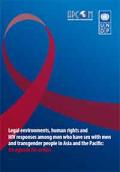
Legal Environments, Human Rights and HIV Responses among MSM and Transgender in Asia and the Pacific
Resource | Publications,
A study was conducted of legal environments affecting HIV responses among men who have sex with men (MSM) and transgender people in 48 countries and territories of the Asia and Pacific region. The study was conducted from August 2009-June 2010, and considered legislation, cases, and published research and grey literature regarding laws, and law enforcement policies and practices. The study was informed by consultations with community representatives, legal experts and UN agencies.






